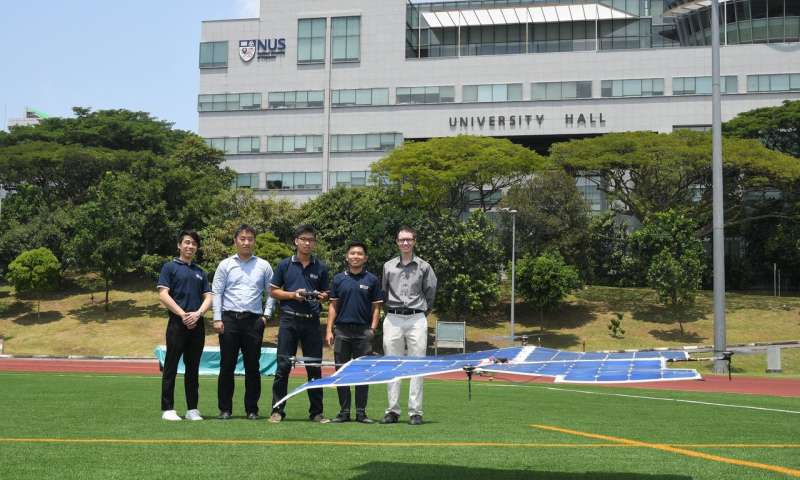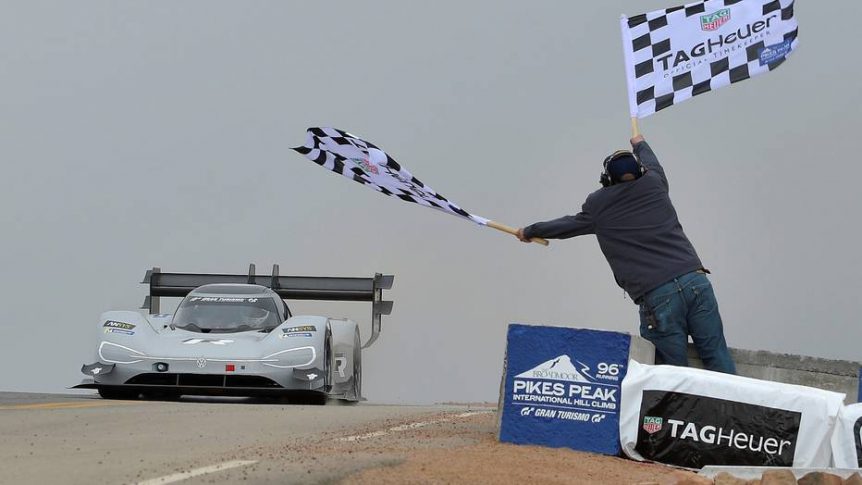In their latest adventure in derring-do, a team from the National University of Singapore (NUS) Faculty of Engineering has developed and flown Asia’s first fully solar-powered quadcopter drone. A large framework holds the solar cells, which are the sole means of powering the craft’s four motors. Developers have flown the big square above 10 meters in test flights and achieved controllable flight without the use of batteries. Frogworks Snowstorm This is just the latest in a series of aeronautical exploits by NUS students. In late 2015, they unveiled their Frogworks Snowstorm, a 24-rotor person carrier powered by 2.2 kilowatt (2.94 horsepower) motors driving 76-centimeter (30-inch) propellers. New Asia reported that, “At the London edition of technology event Founders Forum this month, [the Frogworks team] did not imagine that Prince William would end up showing interest in it.” His Royal Highness “spent half an hour sitting in the machine, trying out the controls and talking to the team, according to a …
Three June Races Electrified
Every June, three races provide insight into how much electric power has become a regular part of motorsports: The Isle of Man TT Zero motorcycle race, the 24 Hours of LeMans, and the Pikes Peak International Hill Climb. This year, there were disappointments as well as triumphs, but progress nonetheless. Isle of Man TT Zero For followers of electric two-wheeling, this year’s Tourist Trophy (TT) Zero had one high moment, a record-setting run by Michael Rutter on a Team Mugen bike, which did one lap at 121.824 mph (18:34.956 for the 37.75 mile course). Admittedly, because of the relatively low energy density of batteries to petrol, the electric bikes do a single lap compared to the six laps on the more powerful and faster superbikes. He was flagged off on his run by Prince William, Duke of Cambridge, and received his trophy in similarly royal style. Rutter topped a field of “privateers” and university teams, which all did credibly. It …


